The chronograph watch: 'You can use it to time a furlong, a boat race, a lap of a Grand Prix or, for that matter, an egg'
The chronograph watch is quite at home throughout the Season, from clocking the fastest at the finishing line to tottering through Champagne-drenched enclosures.
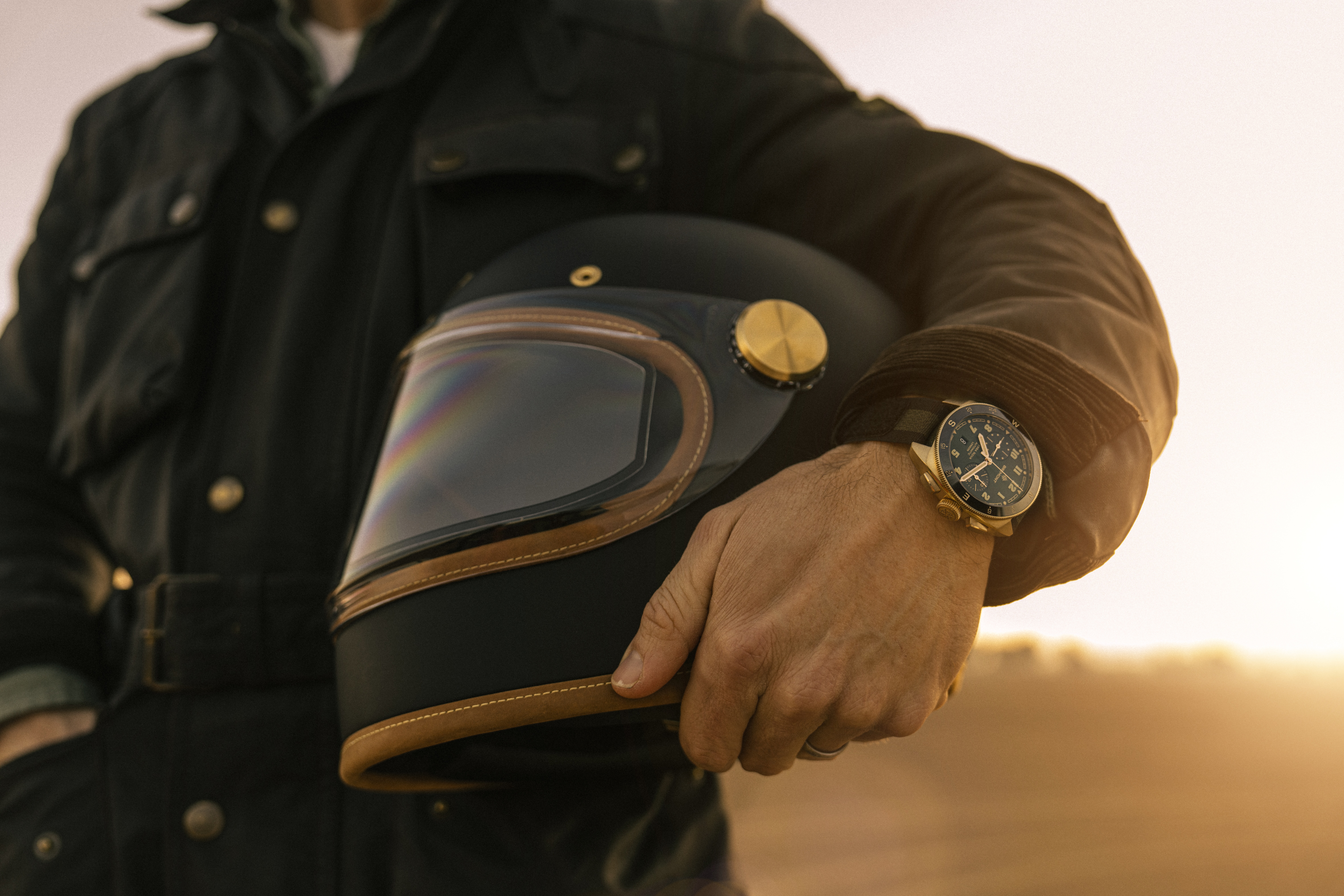

Few complications have achieved the enduring relevance and utilitarian elegance of the chronograph. Conceptually, it is like having a stopwatch on the wrist, one that can measure elapsed time for anything up to 12½ hours. You can use it to time a rally stage, a furlong, a boat race, a lap of a Grand Prix or, for that matter, an egg.
This versatility explains why almost every brand offers a chronograph. Some, including TAG Heuer and Breitling, are built on foundations of expertise and count their production in hundreds of thousands, but the chronograph is equally important to an ultra-low volume maker, such as Rexhep Rexhepi, often spoken of as the greatest (and most exigent) watchmaker in a generation. His long-awaited chronograph, yet to make its debut, is one of the most talked-about timepieces in collector circles.
A post shared by La Fabrique du Temps Louis Vuitton (@lafabriquedutemps)
A photo posted by on
The chronograph is a rabbit hole down which one could disappear for a lifetime and has its own language. You have to know a ‘panda’ from a ‘reverse panda’ or ‘a snail scale’. It can be elegant, as with the chronographe monopoussoir, which starts, stops and resets with a single pusher, often set within the winding crown, or a Brutalist masterpiece, such as an Audemars Piguet Royal Oak Offshore Chronograph. There are high-frequency versions, most famously Zenith’s El Primero, which operates at five hertz or more, precise to at least the nearest 1/10th of a second.
Calibration alone is a discrete area of academic study — the pulsometer is, as the name suggests, for medical use. A telemeter uses the speeds of light and sound to judge distance, whereas the tachymeter is the most widely used today, its primary purpose to measure the speed of the car over a set distance. Along the way, there are charming detours to be taken in Chronographland, such as the split-seconds chronograph that permits the timing of two relatively close events, say, the first and second in a horse race. There is even a Triple Split made by A Lange & Söhne: a mechanical virtuoso that dances on the precipice of timekeeping’s outer limit, which, thanks to the triple rattrapante mechanism, enables the capture of three different timings, which could be hours apart.
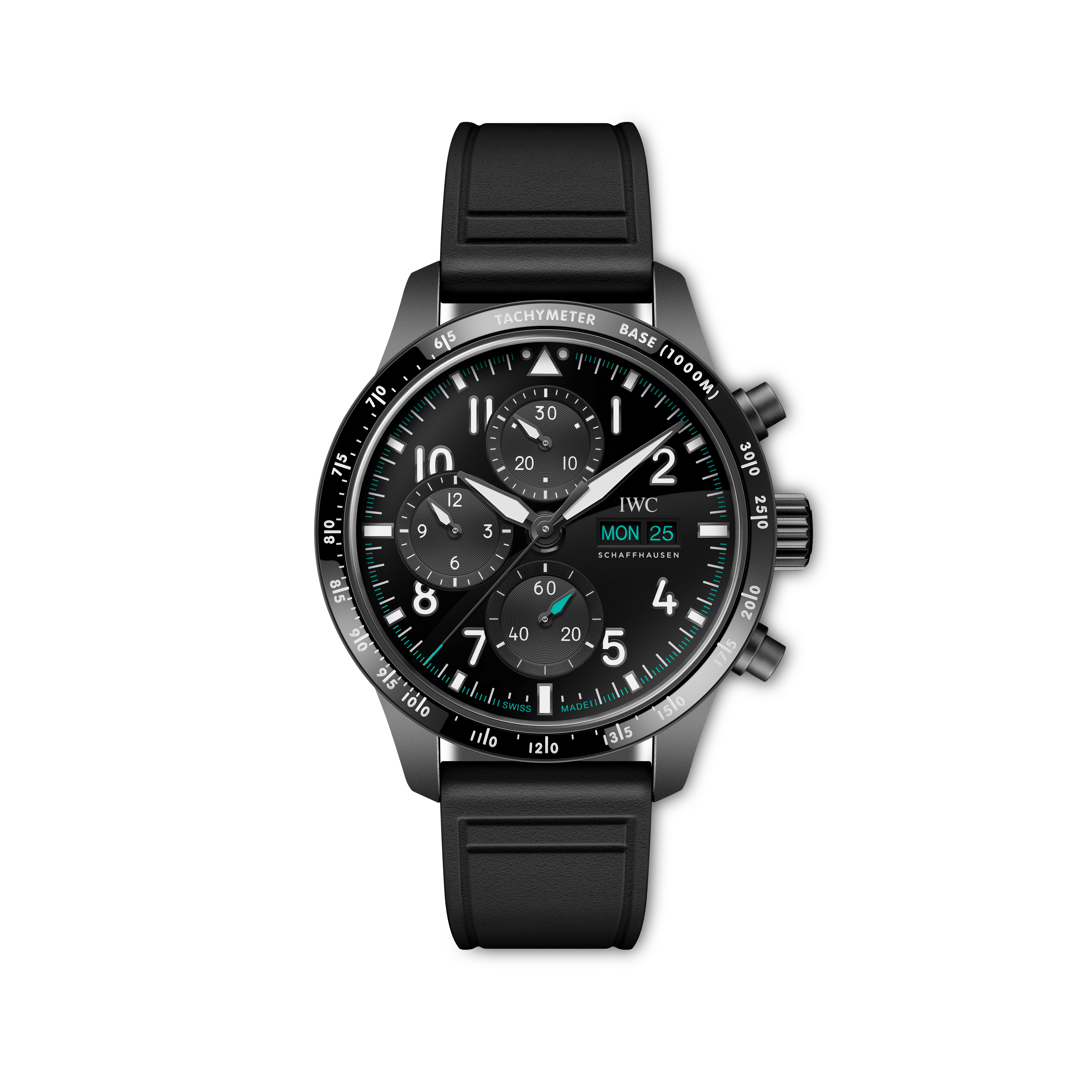
IWC Schaffhausen Pilot's Watch Chronograph 41
Things were simpler back in 1816, when Frenchman Louis Moinet created what we now recognise as the first chronograph timepiece, with the prosaic name compteur de tierces (thirds counter). This remarkable pocket instrument, capable of measuring to 1/60th of a second, was designed for timing astronomical movements, tracing the ancient paths of stars and planets. The etymology of the name — from the Greek words chronos (time) and graph (writer) — can be traced to 1821. That year, Nicolas Mathieu Rieussec, one of Louis XVIII’s watchmakers, created a device dedicated to timing horse races. Depositing ink on a rotating dial, it measured how long it took each horse to cross the finish line and, to modern eyes, might look like a scale model of the twin-turntable system of the type used by DJs. Literally, it was writing time.
Rieussec’s legacy is celebrated with an eponymous chronograph made by Montblanc, the Hamburg-based pen brand. (I can’t help thinking that they missed a trick. What better than a pen company to revive the idea of using real ink in chronographs?) If I were pedantic, I would point out that modern chronographs no longer ‘write’ the time, they show it, so perhaps chronoscope would be a better choice of word. The name stuck, however, and the chronograph was off to the races, where it has remained ever since, at home tottering through Champagne-drenched enclosures, under the sunlight-dappled canvas of marquees or otherwise enjoying that uniquely British phenomenon, the Season.
Given the sporting nature of so many of the Season’s events, there is plenty of (chrono) scope for using your chronograph. This is not lost on watch brands. Take, for instance, Chanel, which this year allied itself to the Boat Race, now the Chanel J12 Boat Race. Prima facie, it is a strange combination, until you learn that, during the 1920s, Gabrielle Chanel was often in Britain. Her lover was the Duke of Westminster, whose family name, coat of arms and motto are used by the Grosvenor Rowing Club, which was founded in Chester in 1869 to serve what were then known as ‘the clerks and assistants’ of the city.
Exquisite houses, the beauty of Nature, and how to get the most from your life, straight to your inbox.
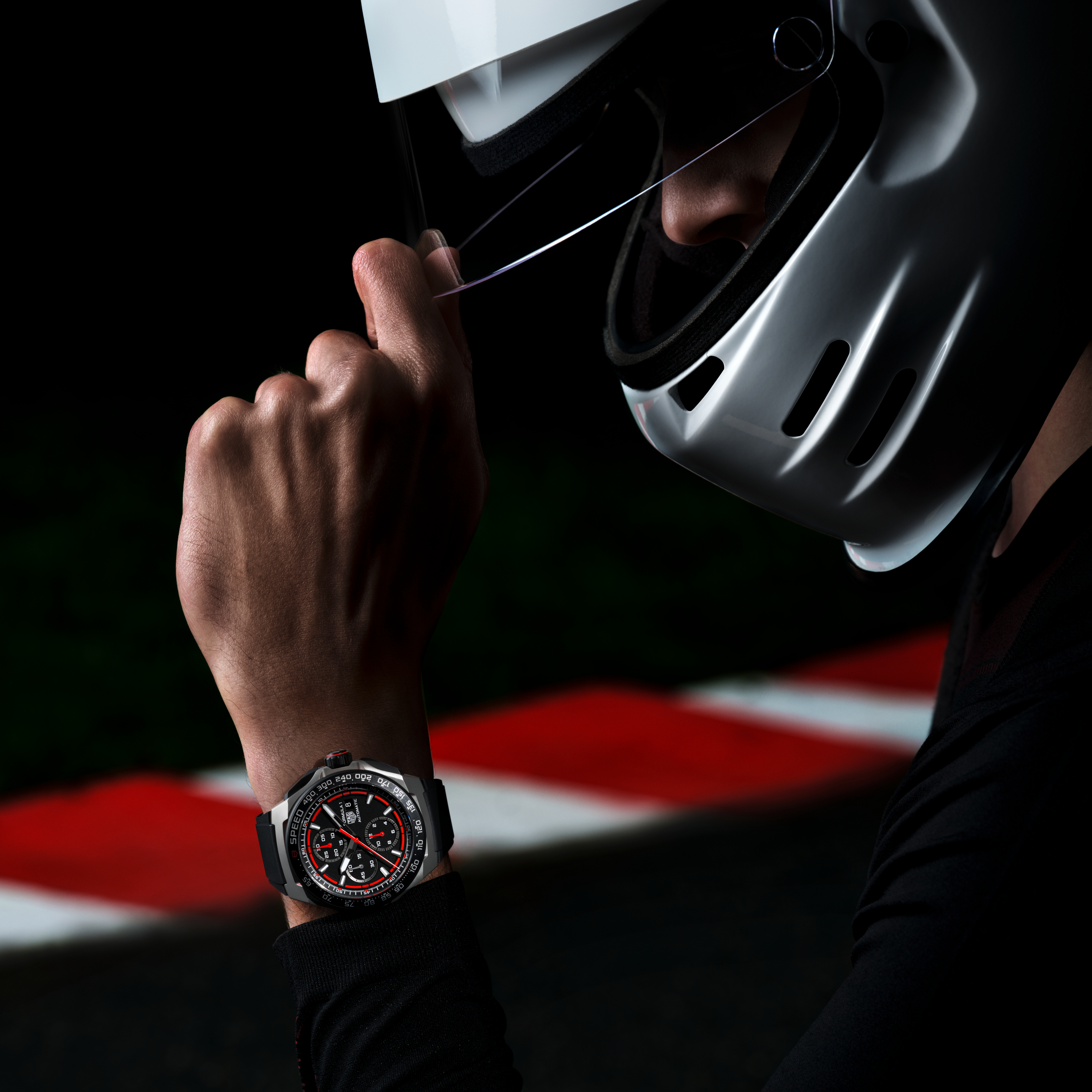
TAG Heuer is F1's Official Timekeeper kickstarting the sport's 10-year partnership with LVMH.
Venture a little further up the Thames to Henley and you enter Bremont territory, with the company’s impressive manufacturing headquarters on the outskirts of town. When Henley Royal Regatta decided to take on an official timing partner, it would have been churlish not to turn to the local firm. Until this year, Bremont’s horological contribution has been in the form of special-edition watches for members, competitors and winners, but, at last, the offering is being broadened to include a Regatta watch for the spectators lining the Thames. Alas, it is a dive-watch, not a chrono, so if you want to time the Eights as they skim dragonfly-like along the river, choose the new Bremont Terra Nova full bronze (enriched with aluminium for greater scratch resistance).
At Royal Ascot, where hooves have thundered for royal amusement since 1711, Longines has established itself as the definitive timekeeper of equestrian excellence. The relationship between Longines and racing, however, extends further, reading like a livre d’or of the Turf: the Prix de Diane Longines and Qatar Prix de l’Arc de Triomphe in France, the Dubai World Cup and the Kentucky Derby, US. If it has got four legs, a tail and whinnies, Longines is all over it.
For the racing, Longines uses technology capable of tracking times to within 1/1000th of a second, but I am more concerned about my watch matching my morning coat. You can imagine my delight, therefore, when I learnt that the brand’s celebrated Conquest Chronograph comes with a dial option called Sunray Brown with black counters and a polished ceramic bezel. Sunray Brown is more of a rich and lustrous fawn, a perfect match with the classic buff waistcoat. The black counters allude to the black morning coat and the gleam of sunlight on the ceramic bezel recalls the glossiness of a well-brushed top hat. It is, in all but name, a special Royal Enclosure edition.
A post shared by TAG Heuer (@tagheuer)
A photo posted by on
For automotive racing, the Season highlight is the British Grand Prix at Silverstone, sponsored by Louis Vuitton, Moët & Chandon and TAG Heuer. Formula 1 (F1) was TAG’s entry-level line in the 1980s and, this year, the watchmaker has made a triumphant return with a capsule collection of five chronographs, their characters imparted by bright colours (my tip is the one with the lurid lime) and combinations of avant-garde materials: sand-blasted titanium, DLC, forged carbon and so on.
Otherwise, automotive action is concentrated at Goodwood, the West Sussex seat of the Duke of Richmond. Horses have raced here for centuries — Glorious Goodwood traditionally ends the Season — but the 9th Duke founded the circuit that saw motor-racing between 1948 and 1966 and his grandson, Charles, the 11th Duke, has turned that heritage into a cavalcade of motoring events, including the world-famous Festival of Speed.
Chronograph etiquette here is complex: watch brands are like mechanical moths lured to the estate’s myriad lights. To start the season in April, IWC Schaffhausen is the Official Timing Partner of the Members’ Meeting. In 2018, it developed the limited-edition ‘IWC Ingenieur Chronograph Sport Edition “76th Members” Meeting at Goodwood’. If you weren’t one of the fortunate few who secured one, IWC has chronographs galore, such as the Chronograph for Mercedes-AMG Petronas Formula One in the Pilot line. (There is — of course — a Goodwood aerodrome, if you feel the urge to wear your pilot’s watch in its locus classicus.)
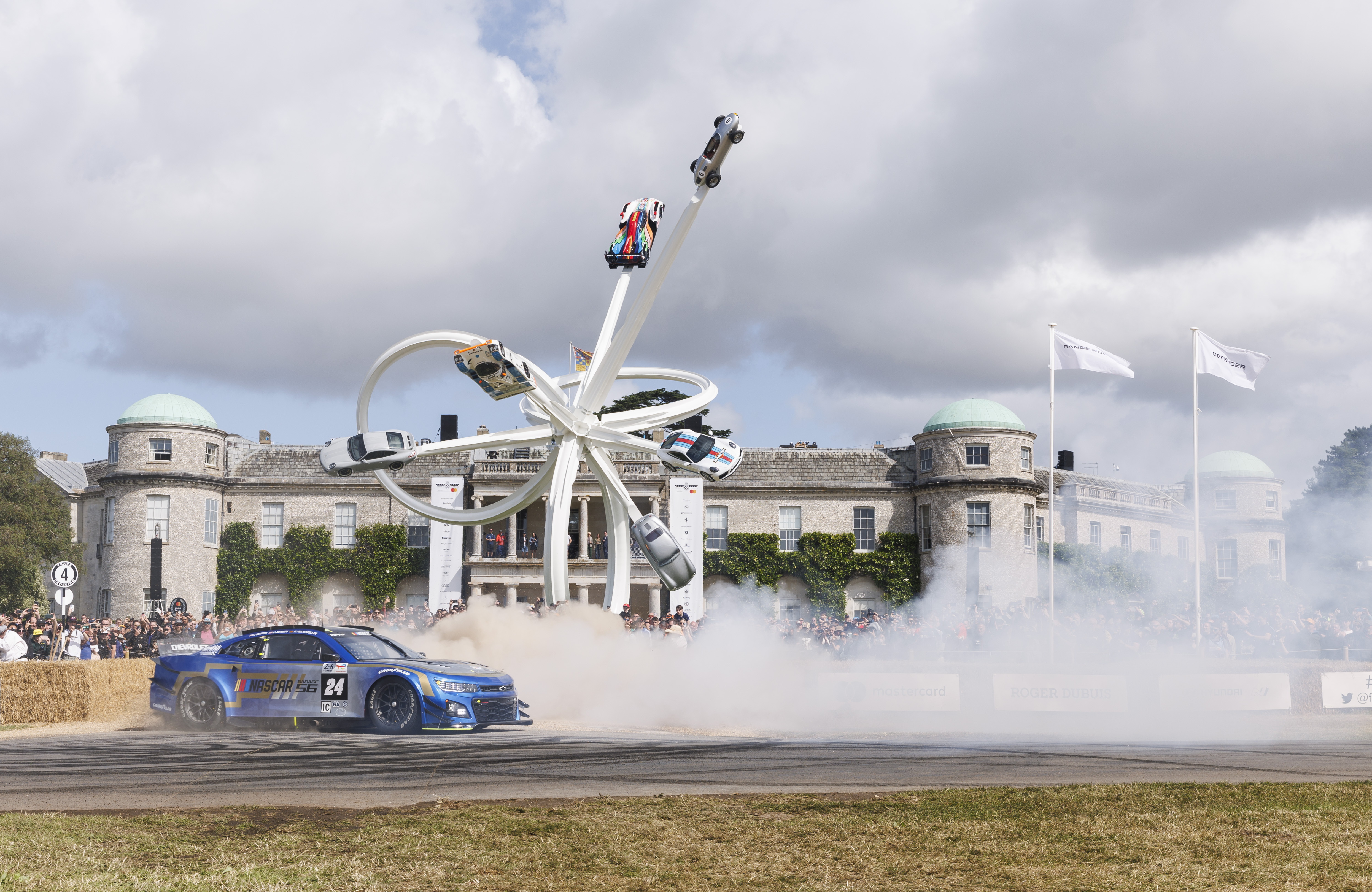
The NASCAR Garage 56 car takes part in the 1.16 mile hill climb during day four of the 2023 Goodwood Festival of Speed.
Timing partner for the Festival of Speed in July is Roger Dubuis, ‘hyper horology’ maker of over-the-top timepieces and official watchmaker for Lamborghini. The Excalibur Spider Flyback Chronograph is a monster, with a case diameter of 45mm and a Darth Vader meets Terminator aesthetic that reflects the more invigorating side of motoring. By contrast, tucked away in a large private garden approaching the house, is the Cartier Style et Luxe concours d’elegance, for which the ideal chronograph would be the elegant, two subdial, chrono monopoussoir Tortue.
No survey of chronographs is complete without a mention of Rolex; its Cosmograph Daytona must be the world’s most famous. The sanctum of sanctums, the Rolex Driver’s Club, is about as close as the Festival of Speed gets to having a Royal Enclosure, frequented by Rolex testimonee and motor-racing legend Sir Jackie Stewart, a partner since 1968. At the far end of the Season is vintage-clothing extravaganza Goodwood Revival, where Rolex is official timekeeper. The perfect accompaniment would be a pre-Daytona chronograph, say the Ref 3525, produced from the late 1930s to the mid 1940s.
Don’t get me started on vintage chronographs. If you thought contemporary versions were plentiful and varied, they are but drops in an ocean of historic chronography.
Nicholas Foulkes is the author of around 25 books on the arts and history, best known for his critically acclaimed trilogy of 19th-century histories. He contributes to a wide range of newspapers and magazines around the world. He is a contributing editor to HTSI ; a contributing editor to Vanity Fair; a columnist for Country Life and luxury editor of British GQ. In 2007, he was named Havana Man of the Year by the Cuban government, having been nominated for this award on four previous occasions. In 2009, he was appointed to the board of the Norman Mailer Centre. He is a graduate of Hertford College Oxford and lives in London with his wife and two sons.
-
 18 country houses across Britain, from £400,000 to £4 million, as seen in Country Life
18 country houses across Britain, from £400,000 to £4 million, as seen in Country LifeOur look at the homes to come to the market via Country Life this week picks out a charming Kent cottage and an Arts and Crafts house in Leicestershire.
-
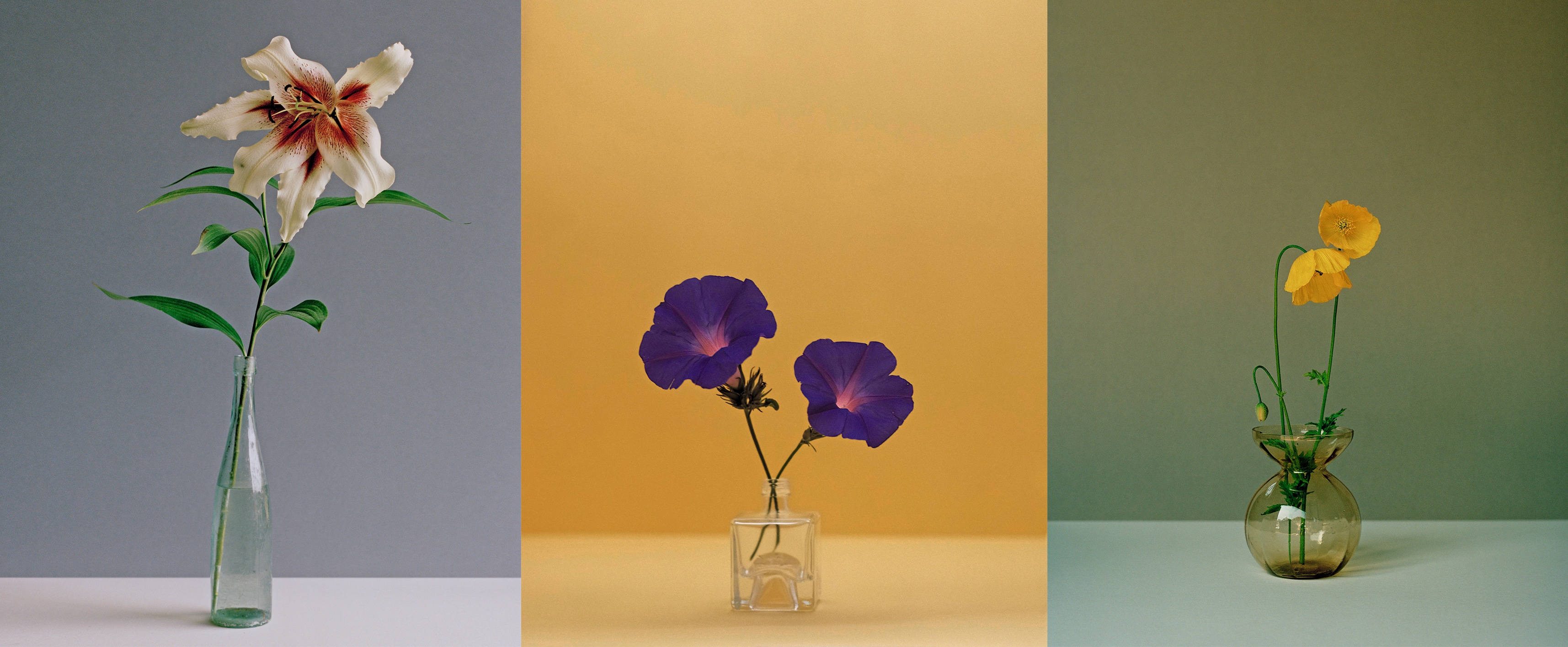 The greatest flowers make the greatest art
The greatest flowers make the greatest artA search for still-life subjects led Kate Friend to some of the greatest gardens and gardeners in the country
-
 The greatest flowers make the greatest art
The greatest flowers make the greatest artA search for still-life subjects led Kate Friend to some of the greatest gardens and gardeners in the country
-
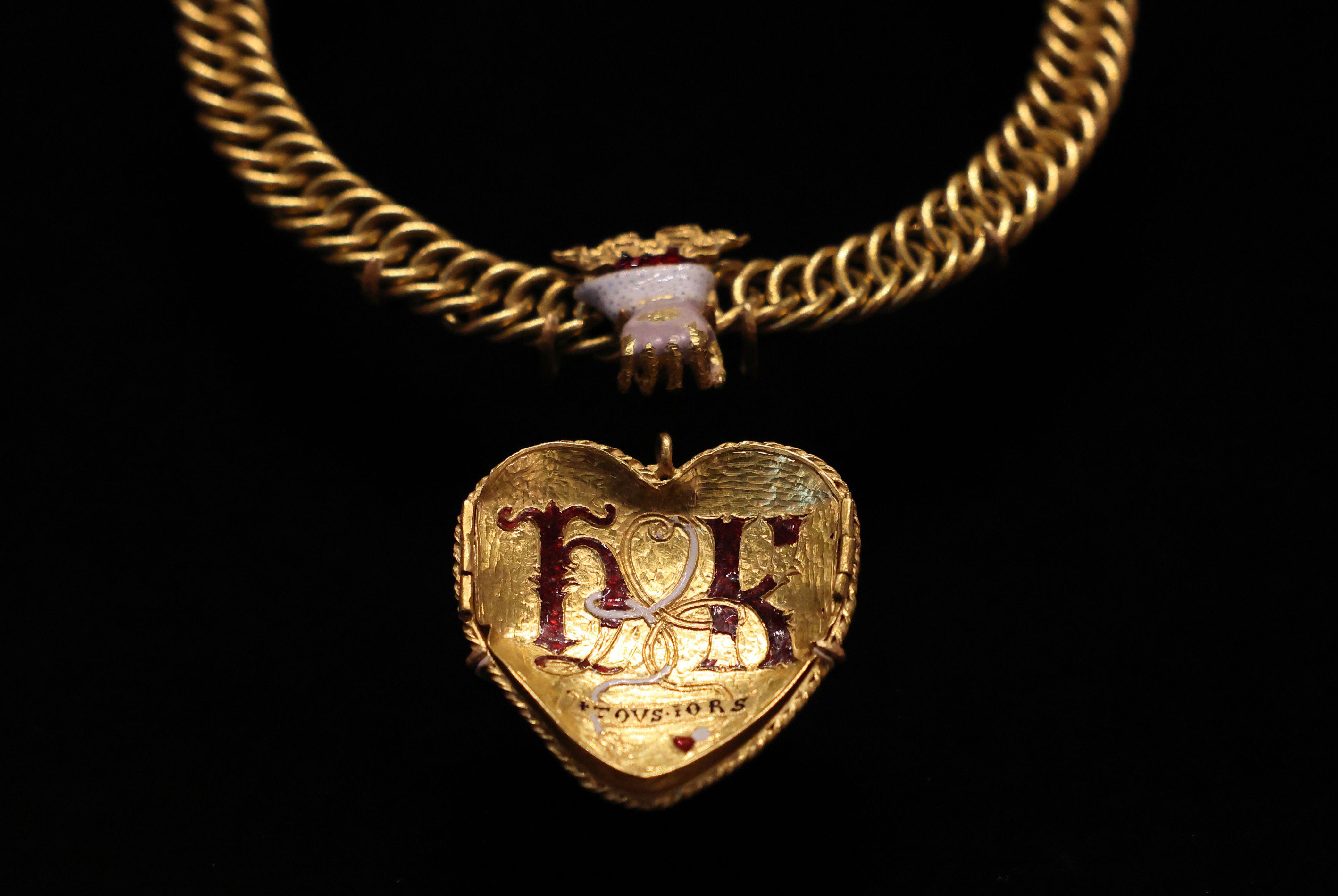 Is the British Museum's attempt to save a Tudor-era pendant with links to Henry VIII proof that the institution is on the up?
Is the British Museum's attempt to save a Tudor-era pendant with links to Henry VIII proof that the institution is on the up?After years of neglect and controversy, Britain's premier cultural institution seems to be finding its feet again.
-
 Suit yourself: I’m a 49 year-old man-about-town and I’ve never owned a suit
Suit yourself: I’m a 49 year-old man-about-town and I’ve never owned a suitWhen Hugh Smithson-Wright turned up to Country Life's annual Gentleman's Life party sans suit, it sparked a passionate conversation about why the formal fashion just isn't for everyone.
-
 Meet the British perfumers squeezing landscapes into scents
Meet the British perfumers squeezing landscapes into scentsThe nuances of modern perfumery now allow a single drop to evoke an entire landscape. Amie Elizabeth White explores the native houses hitting the right notes
-
 Sweet civilisation: What do you get when you ask architects to compete in a gingerbread competition?
Sweet civilisation: What do you get when you ask architects to compete in a gingerbread competition?The Gingerbread City is back in London’s Kings Cross. Lotte Brundle pays it a visit.
-
 Sophia Money-Coutts: A snob's guide to meeting your in-laws for the first time
Sophia Money-Coutts: A snob's guide to meeting your in-laws for the first timeThere's little more daunting than meeting your (future) in-laws for the first time. Here's how to make the right kind of impression.
-
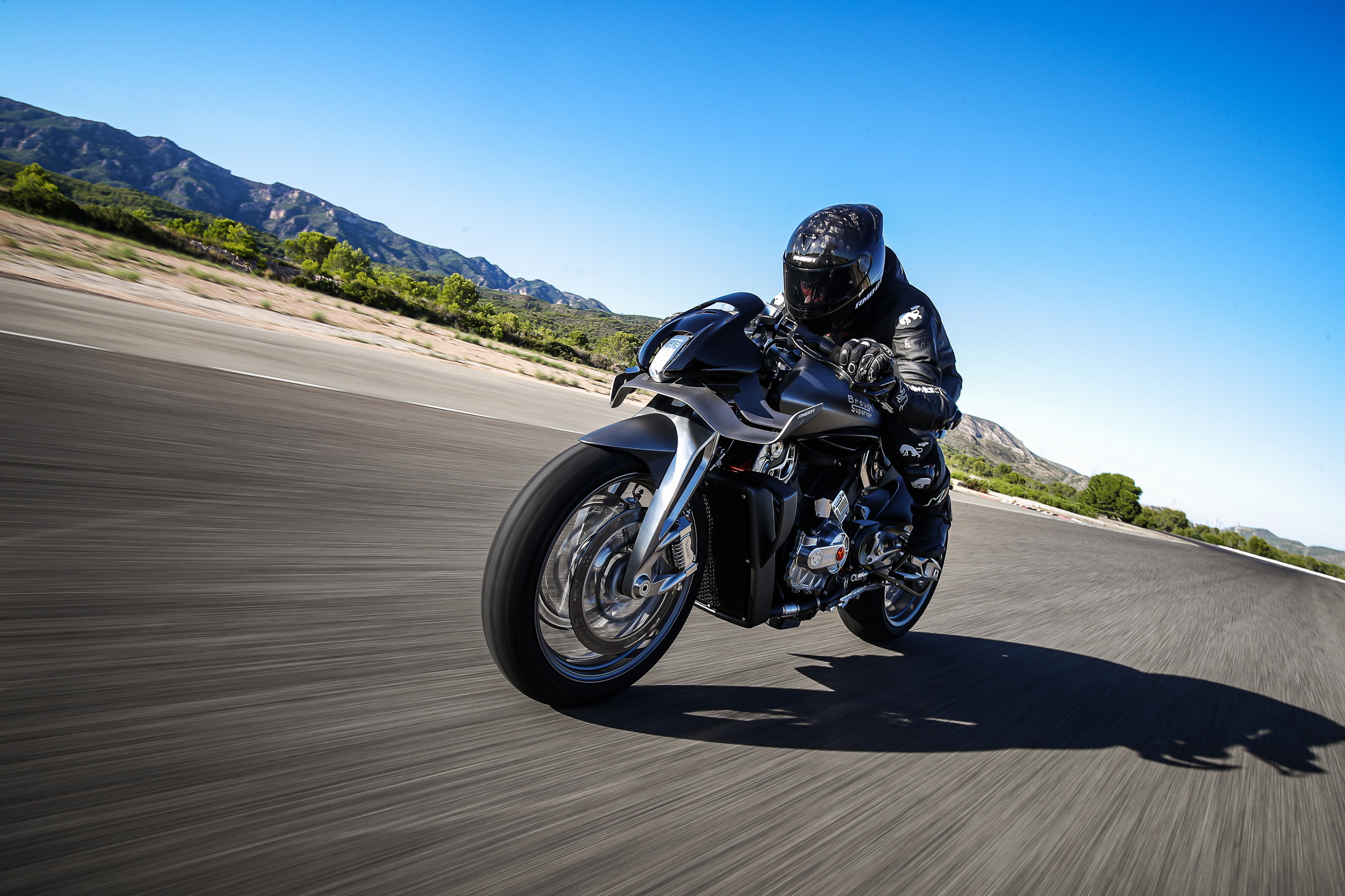 This machine is what happens when the Rolls-Royce of motorbikes and the most innovative of watchmakers join forces
This machine is what happens when the Rolls-Royce of motorbikes and the most innovative of watchmakers join forcesBrough Superior and Richard Mille, two brands renowned for perfection, have created something that is exactly that.
-
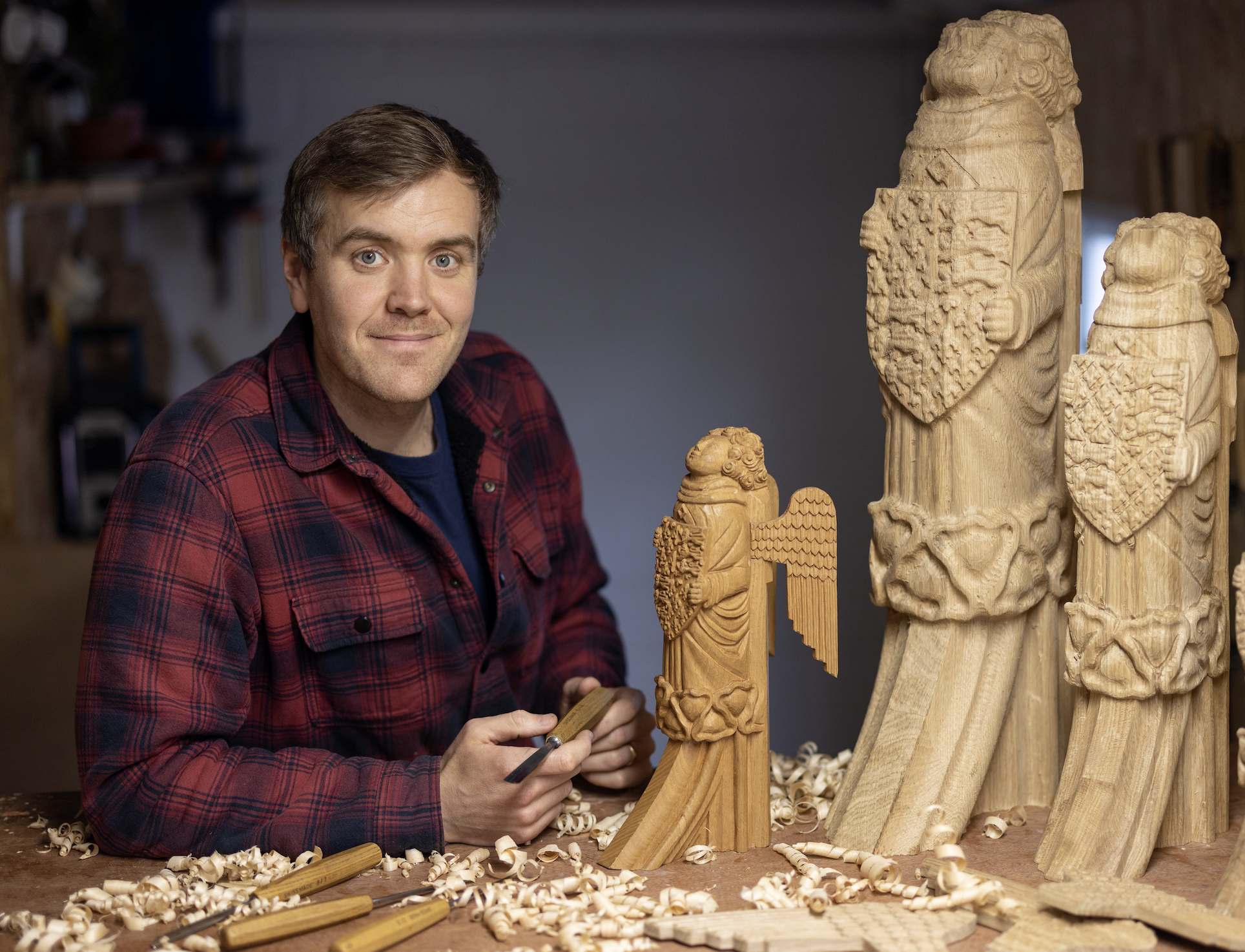 ‘Each one is different depending on what mood I’m in, how I'm feeling and how my energy is’ — meet the carver behind Westminster Hall's angel statues
‘Each one is different depending on what mood I’m in, how I'm feeling and how my energy is’ — meet the carver behind Westminster Hall's angel statuesBespoke woodcarver William Barsley makes unique scale replicas of the angels that gaze over Westminster Hall, the oldest part of the palace of Westminster.
